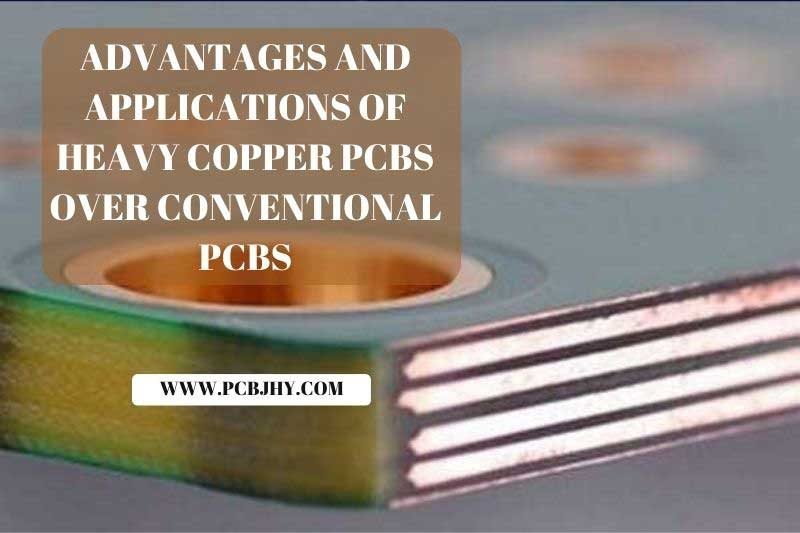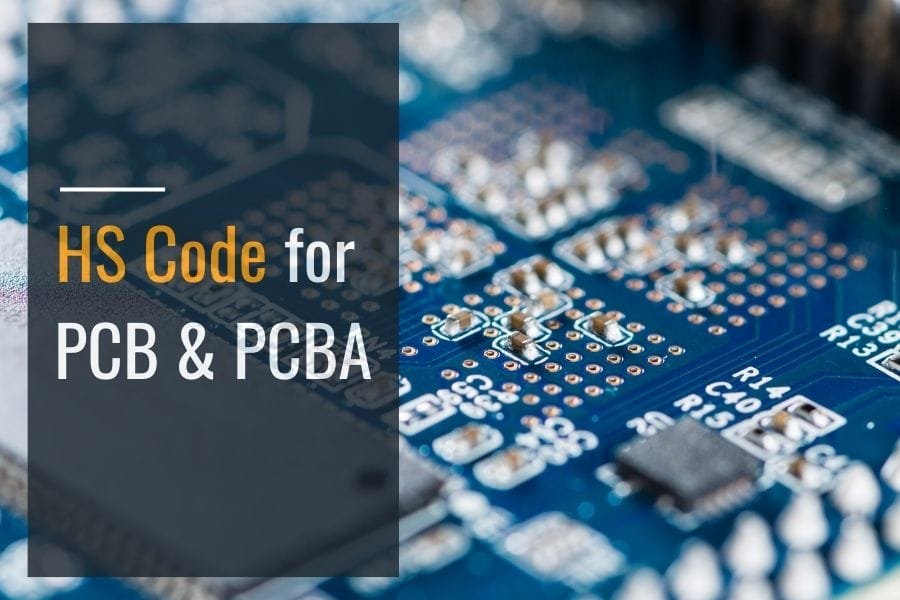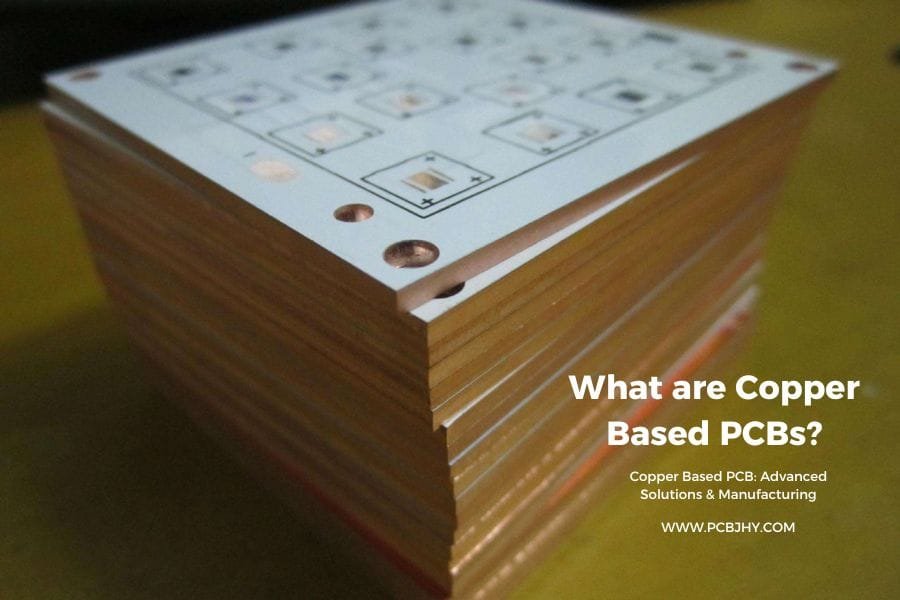PCBs are essential components of almost all modern electronics. They provide the mechanical structure and electrical connections for components like integrated circuits, resistors, capacitors, and more. As electronic devices continue getting smaller while handling increasing power levels, there is a growing demand for more efficient PCB solutions. This is where heavy copper PCBs come in.
Heavy copper PCBs contain copper thickness beyond the standard 1oz (35μm) found on conventional PCBs. They utilize copper thicknesses ranging from 2oz (70μm) up to 20oz (700μm) or even more. The increased copper thickness provides substantial advantages in terms of current carrying capacity, thermal management, and electrical performance. However, heavy copper PCBs require specialized manufacturing processes and equipment.
In this blog post, we will dive into what makes heavy copper PCBs different from conventional PCBs. We will explore the key advantages heavy copper provides and why industries like high-power electronics, automotive, and renewable energy are adopting these enhanced PCBs. We will also look at how the thick copper fills enable smaller and more efficient electronic and electrical circuit designs. By the end, you will have a solid understanding of the growing importance of heavy copper PCB technology in the electronics industry.
Limitations of Conventional PCBs/Standard PCBs
Limited Current Carrying Capacity: Conventional PCBs typically have thin copper layers, ranging from 0.5 oz to 2 oz. These thin copper layers limit the amount of current that can pass through the board, making them unsuitable for high-power applications.
Poor Thermal Management: Conventional PCBs have limited ability to dissipate heat generated by high-power components, leading to thermal issues such as hot spots and component failures.
Mechanical Weakness: Conventional PCBs are prone to mechanical stress and failure, especially in high-stress applications such as automotive and aerospace.
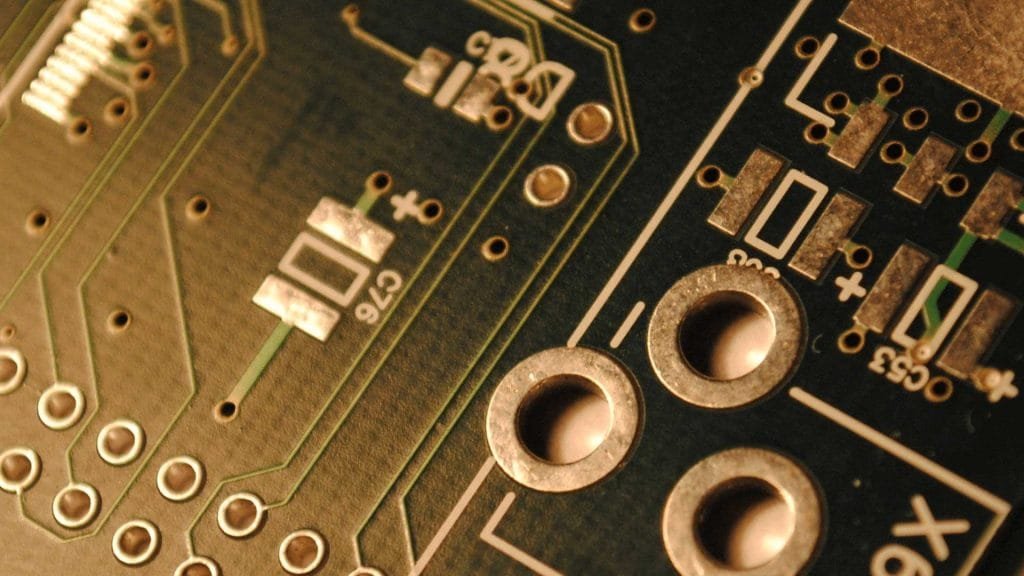
Advantages of Heavy Copper PCBs
Heavy copper PCBs provide several important benefits compared to conventional PCBs with standard 1oz copper thickness. These advantages make them ideal for high power and high current applications where standard PCBs may struggle or fail. Some of the key advantages of heavy copper PCBs include:
- Increased Current Carrying Capacity – The thicker copper fills can handle much higher levels of current flow. Heavy copper PCBs with 20oz thickness can withstand over 140A, versus only 15-20A for 1oz. This makes them suitable for very high-current circuits.
- Improved Thermal Management – The thick copper acts as an effective heat spreader. This allows heat to dissipate quickly from hot components, preventing overheating issues. Heavy copper provides 6-8 times greater thermal conductivity over standard thickness.
- Lower Resistance and Inductance – Heavy copper PCBs have lower trace resistance and inductance. This improves power efficiency and minimizes energy losses during power transmission.
- Withstand Higher Ampacity – Thicker copper can withstand higher ampacity or current density levels without failure. This means heavy copper PCBs are much more resistant to extreme electrical loads.
By leveraging these advantages, heavy copper PCBs can accommodate the demands of high-power electronics far better than conventional PCBs. They enable smaller form factors, higher efficiency, and improved reliability even in extreme conditions.
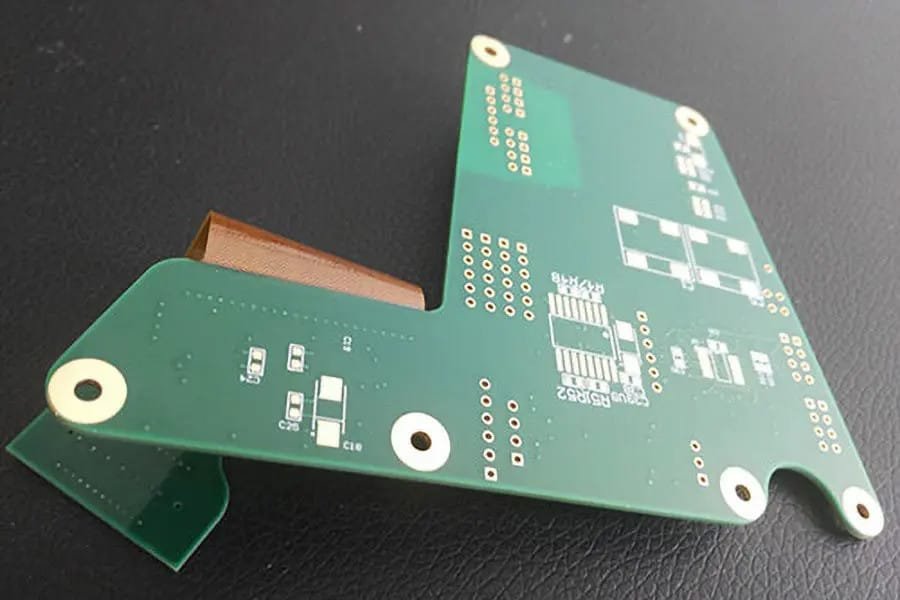
Applications of Heavy Copper PCBs
With their ability to handle high currents and thermal loads, heavy copper PCBs are ideal for various high-power electronics applications:
- High Power Servers and Telecom Equipment – Heavy copper PCBs are used extensively in servers, data centers, telecom base stations, and networking hardware that require high current capacity and low thermal resistance. The thick copper allows packing more processing power in less space.
- Power Supplies and Converters – Switching power supplies generate substantial heat and current flows. Heavy copper PCBs manage the demanding electrical loads and heat dissipation in these devices much better.
- LED Lighting – High-brightness LED lighting relies on driving large currents through the semiconductor components. Heavy copper PCBs can easily handle the >10A loads required in professional LED lighting fixtures.
- Automotive – Electric vehicles, hybrid cars, and even high-end consumer vehicles require heavy copper PCBs. They maintain stability under high current battery loads and extreme engine bay temperatures.
- Renewable Energy – Solar inverters and wind turbine converters undergo extreme electrical and environmental stresses. Heavy copper PCBs withstand corrosion, vibration, and high DC/AC currents in these applications.
- Consumer Electronics – High-power audio amplifiers, gaming PCs, VR headsets, and other equipment benefit from the enhanced current capacity and cooling abilities of thick copper PCBs.
With heavy copper technology, these applications can achieve greater power density, better thermal management, and overall improved reliability and efficiency.
Differences between heavy copper PCBs and conventional PCBs
While heavy copper PCBs provide substantial benefits, their design and manufacturing differ considerably from standard PCBs. Here are some of the key differences:
- Copper Thickness – The defining characteristic of heavy copper PCBs is their thicker copper foils, ranging from 2oz (70μm) to 20oz (700μm) or more. Standard PCB foil thickness is just 1oz (35μm).
- Number of Layers – With their higher ampacity, heavy copper PCBs can utilize fewer layers compared to conventional PCBs for the same current handling needs. A 4-layer heavy copper PCB can replace a 12-layer standard PCB.
- Cost – The thick copper foils used in heavy copper PCBs mean they use more copper material. This makes them more expensive on a per-area basis compared to standard PCBs. However, their improved performance often justifies the cost.
- Manufacturing Process – Specialized equipment is needed to handle thick copper foils during lamination and drilling. Standard PCB fabrication lines cannot accommodate greater than 2oz copper foils.
- Thermal Management – Heavy copper PCB designs must be optimized for thermal management due to the high heat levels. Additional cooling measures may be required.
- Design Expertise – To fully utilize their capabilities, heavy copper PCBs require designers with expertise in high-power electronics and thermal design.
While the fabrication process differs from conventional PCBs, the performance benefits of heavy copper PCBs make them invaluable for high-power industries. With careful design and manufacturing, these enhanced PCBs can maximize efficiency in space-constrained, high-heat applications.
Conclusion
Heavy copper PCB technology provides significant advantages over conventional PCBs in terms of current carrying capacity, thermal dissipation, and electrical performance. The thick copper fills ranging from 2oz to 20oz or greater enable handling of extremely high currents and power levels. They also dissipate heat quickly and minimize electrical losses.
These capabilities make heavy copper PCBs ideal for applications like high-power servers, LED lighting, electric vehicles, power supplies, and renewable energy systems. By replacing multiple layers in standard PCBs, they allow greater power density and efficiency in smaller, lighter electronic packages. While heavy copper PCBs are more expensive to manufacture, their enhanced performance in thermal management and current handling often justify the additional costs for high-power industries.
With rising demands for electrical efficiency and power density across many sectors, heavy copper PCBs will become increasingly important. They overcome the limitations of standard PCBs and can handle the most extreme electrical and thermal loads. While specialized design and manufacturing are required, the future of high-power electronic systems will leverage heavy copper PCB technology wherever possible. Their advantages in current capacity, heat dissipation, and electrical efficiency will enable smaller, lighter, and more capable designs.

